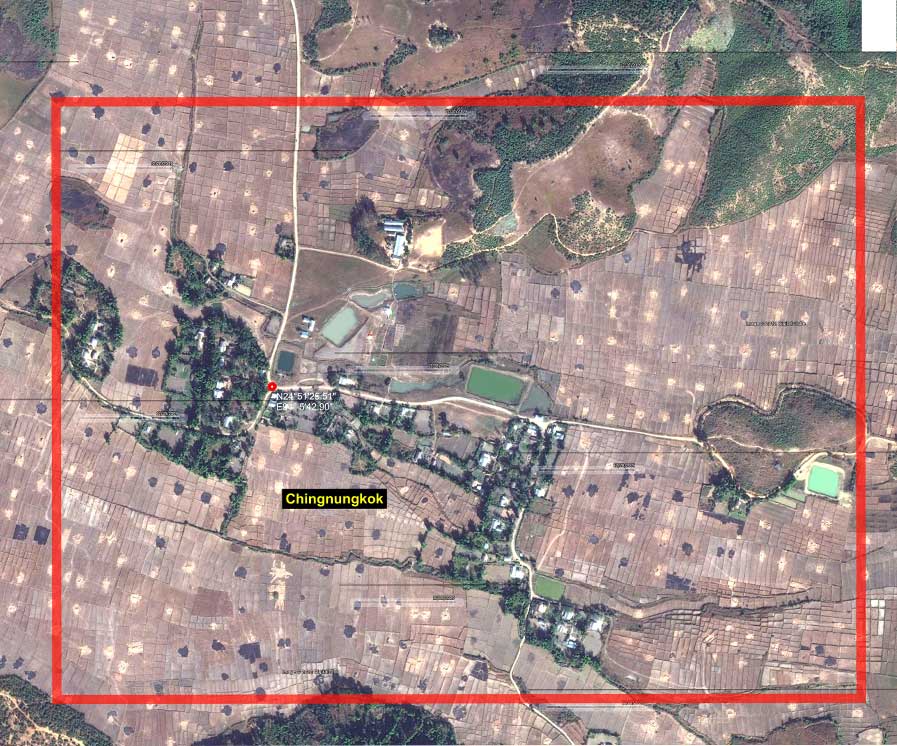It is not an exaggeration to express that there is a sense of urgency to disperse growth and development to north-eastern states of India. The region is underdeveloped and socio-economically backward, and has been virtually isolated in the country from the mainstream development processes and as a result denied the opportunity of utilizing its full potential. Geographically, Manipur as easternmost part of the north-eastern region of India has its own disadvantage. Accessibility is only one of the difficulties, the more crucial ones lay within the realm of policy approaches in this troubled state at India's north-eastern outpost. Assertion of ethnic identity and the accompanying political unrest is rooted often in fears among minority groups of losing their historical and culturally acquired identities. In the light of these concerns, Eikhoi team has chosen Chingnungkok to be the site of establishing first nucleus.
Chingnungkok looks serene with wonderful landscapes situated in the rural area of Manipur. This place is accessible through an inter village road on Imphal-Ukhrul road. It is one of the small and backward community hamlets in Manipur. Whereas Chingnungkok is a Meitei populated community hamlet, surrounding community hamlets such as Happy Land, Sailand, and Lousing are of Tangkhul populated community hamlets. Other nearby Meitei populated community hamlets include - Nongrel and Nongada. This hamlet is of around three and half kilo-meters distance from the Ukhrul Road of Nongada.
In our approach to establishment of Chingnungkok nucleus, the aspect of community is emphasized with the view that it bears constitutive role of relationships in a social system. The investigation team uses techniques from design, ethnography, and psychology to gather data. The research project will have implication in understanding community system. The findings of the research will reveal unique community system of the project site which in turn will have facilitative effect on planning and sustainable development. This research project will highlight the issues of - education, occupation and dwelling as focal community parameters.
The present research project intends to follow a service centric model. The project team has been able to benefit from the efforts made in terms of gaining an understanding of the lives of people living in the community. Steps need to be taken to engage community volunteers in establishment of service delivery plans.
Through reconnaissance task, we have obtained information through visual observation and geospatial equipment on geographic characteristics of the Chingnungkok. The study area is located at the foothill and has a motorable road. For the community, forest is the main source of the fuel wood. As it can be observed, only foothill has thick forest whereas low lying forest areas are covered with tall seasonal grass.



